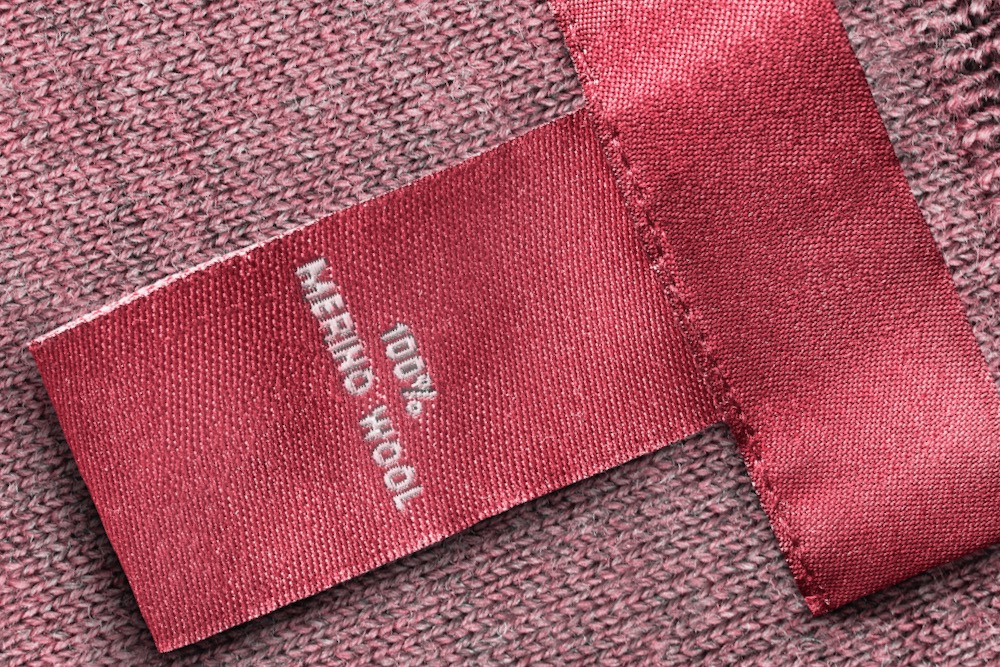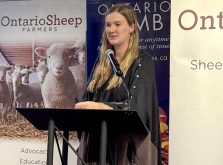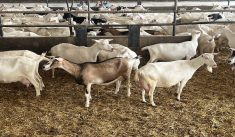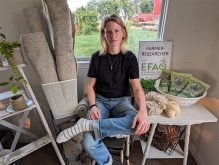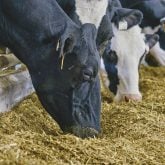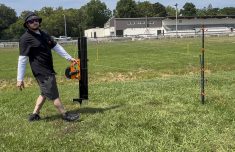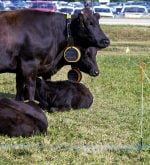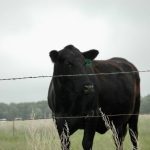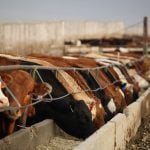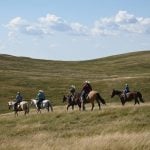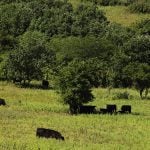Canadian wool organizations support an international campaign that challenges the European Council’s methods of calculating Product Environmental Footprint (PEF).
“Europe has a lot of the big fashion labels; they’re the ones that set the trend,” said Jane Underhill from Campaign for Wool. “I think that their investment in Europe is significant and that influences decision-making on a legislative level.”
Why it matters: The environmental footprint system is said to unfairly assess natural fibres against synthetics because it fails to measure microplastics, plastic waste impact or rate renewability and biodegradability.
Read Also
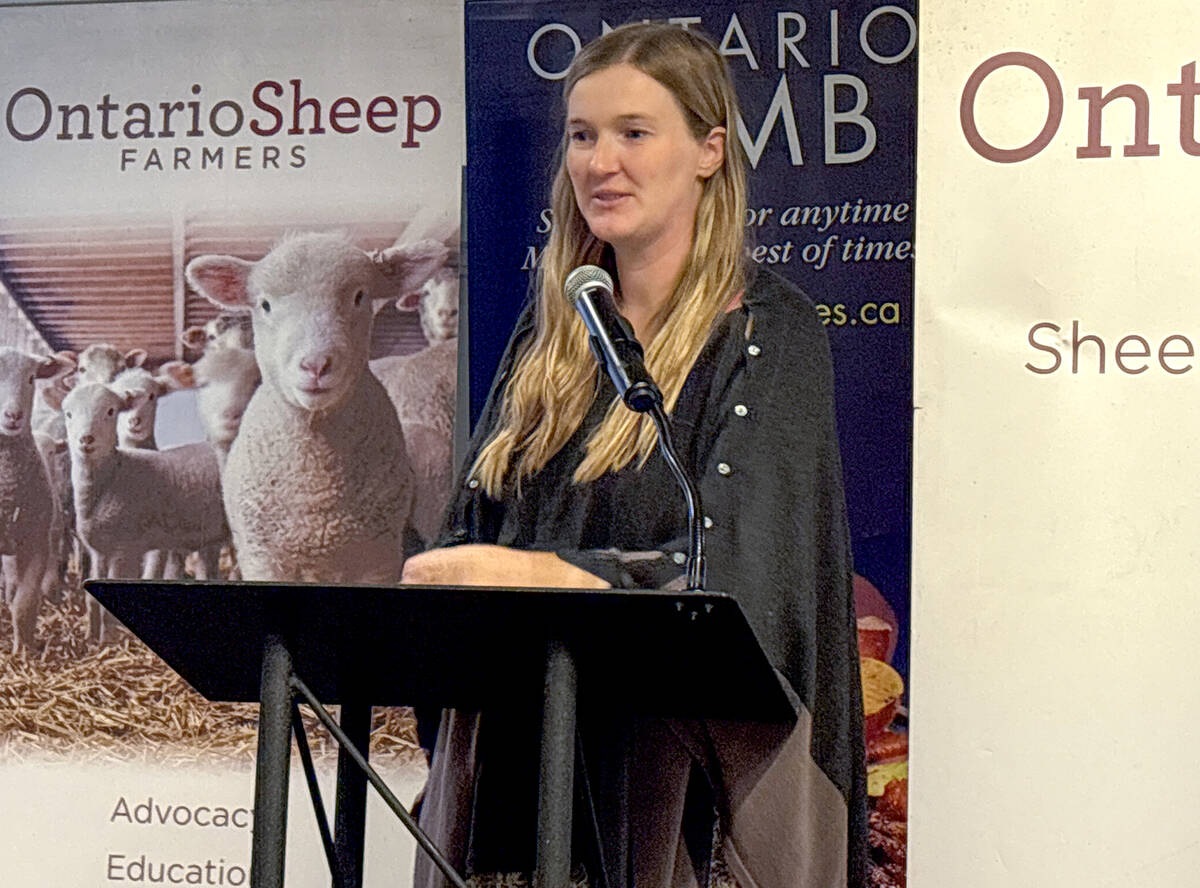
Footflats Farm recognized with Ontario Sheep Farmers’ DLF Pasture Award
Gayla Bonham-Carter and Scott Bade, of Footflats Farm, win the Ontario Sheep Farmers’ 2025 DLF Ontario Pasture Award for their pasture management and strategies to maximize production per acre.
At the request of the International Wool Textile Organization (IWTO), Canadian sheep producers have put their weight behind the Make the Label Count campaign, an international coalition focused on ensuring credible clothing sustainability claims in the European Union.
“The European Union is shifting to a climate-neutral and circular economy, which means products need to be more energy-efficient, durable, reusable, repairable and recyclable,” said the Make the Label Count website.
The European Council recognizes the fashion and textile industry has a significant environmental footprint and is reviewing sustainability claims for apparel and footwear. It is considering mandatory sustainability labelling for products to substantiate environmental footprint claims.
“Giving consumers the full picture is crucial to making sustainable buying decisions and avoiding corporate greenwashing,” said Matthew Rowe, Canadian Wool Council CEO.
The IWTO is an influential global wool industry organization, and this is the first time Canada has garnered a seat at the table, said Underhill.
“We have jumped on to the international stage to bring a spotlight over to Canadian wool,” said Underhill, who also serves as IWTO deputy head of delegation for Canada. “Canadian wool is among the best wool in the world. We were under the myth that it was worth nothing, and our studies have found the exact opposite. We actually have a brilliant quality of wool here.”
Underhill said a few low-cost or no-cost on-farm tweaks for fleece care could elevate a relatively ignored Canadian commodity into a new class, challenging any other wool nation.
Make the Label Count says that the environmental footprint system doesn’t properly compare natural and synthetic fibres.
There are six sustainability claims on clothing labels for which Make the Label Count is lobbying. They alert consumers to the renewability and biodegradability of a product.
In addition, the campaign intends to provide a fair comparison of fibres, longevity of material, social impacts, production practices and account for microplastics.
Underhill said an all-or-nothing approach to natural fibres as a replacement for synthetics isn’t the goal because there are challenges around processing capacity and production-level colour, texture and price point.
In contrast, synthetic fibre is durable, inexpensive and provides a consistent colour and texture.
However, as a petrochemical product, synthetic fibre carries a high environmental and sustainability cost, whereas wool is sustainable, lasts decades, requires less care to maintain and is 100 per cent biodegradable, said Underhill.
“We really have a job of educating the consumer in what it means to buy a wool sweater, as opposed to a synthetic sweater,” said Underhill. “(PEFs) only look up until the point where it (fibre) becomes a textile – what’s the environmental footprint of that? They’re not looking at the life cycle of the fibre, what it means in the consumer’s hands and what it means in the landfill site when we’re done with it.”
Underhill said data from academic studies on the sustainability of wool and its return on investment aren’t shared with consumers who buy natural fibre garments and textiles.
For example, she said wool is 100 per cent biodegradable in water and not harmful to humans or marine life, unlike synthetic fibres, which remain a pollutant at a microscopic level.
Wool is also a natural and marine-safe candidate for sequestering oil spills due to its ability to hold 10 times its weight in oil.
Canadian wool fits into manufacturing luxury tufted or woven carpets and braided rugs, said Underhill. Its natural wear resistance, insulation properties, fire retardant rating, comfort and hygienic properties lend themselves to expansion into the transportation industry, in such things as vehicle carpeting and seating material.
Jenn MacTavish, Ontario Sheep Farmer executive director, said there’s a ripple effect when EU policies and public opinion affect policy and programs in Canada.
“When these discussions happen in other jurisdictions, it’s important for us to be aware because it could influence policies here,” she said.
“It’s a call to action for our industry to emphasize wool and its benefits and make people more aware of it. And it should inform the decisions we make around lobbying and policy decisions.”
Several years ago, OSF initiated strategies to promote the environmental and sustainability benefits of grazing livestock and wool.
“We’ve done governmental communications on the renewability, biodegradability and versatility of wool,” she said. “There’s not much it can’t do.”




